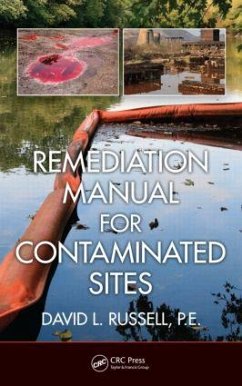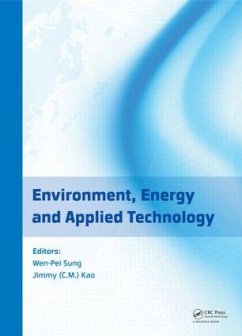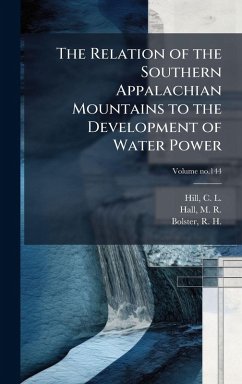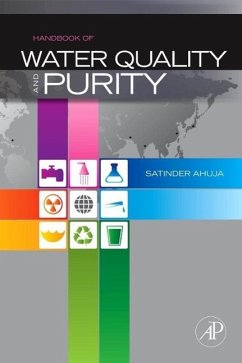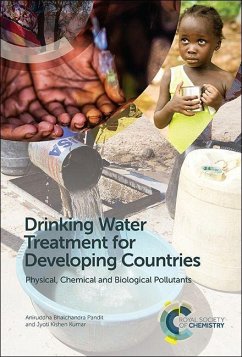
Development of a Screening Model for Design and Costing of an Innovative Tailored Granular Activated Carbon Technology to Treat Perchlorate-Contaminated Water
Versandkostenfrei!
Versandfertig in über 4 Wochen
29,99 €
inkl. MwSt.
Weitere Ausgaben:

PAYBACK Punkte
15 °P sammeln!
Perchlorate contamination of drinking water is a problem that has recently gained national attention. The purpose of this research was to develop a tool to predict the costand performance of tailored granular activated carbon (T-GAC), an innovative technology to treat perchlorate-contaminated water. The ability to predict cost and performance is essential to promote transfer and commercialization of innovative technologies.This study investigated how data obtained from small-scale laboratory tests could be applied to predict cost and performance of a full-scale T-GAC system to treat perchlorat...
Perchlorate contamination of drinking water is a problem that has recently gained national attention. The purpose of this research was to develop a tool to predict the costand performance of tailored granular activated carbon (T-GAC), an innovative technology to treat perchlorate-contaminated water. The ability to predict cost and performance is essential to promote transfer and commercialization of innovative technologies.This study investigated how data obtained from small-scale laboratory tests could be applied to predict cost and performance of a full-scale T-GAC system to treat perchlorate-contaminated water. A technology model was developed using GAC design principles and using a multi-component Freundlich isotherm to describe sorption of perchlorate on T-GAC, in the presence of competing anions. This work has been selected by scholars as being culturally important, and is part of the knowledge base of civilization as we know it. This work was reproduced from the original artifact, and remains as true to the original work as possible. Therefore, you will see the original copyright references, library stamps (as most of these works have been housed in our most important libraries around the world), and other notations in the work. This work is in the public domain in the United States of America, and possibly other nations. Within the United States, you may freely copy and distribute this work, as no entity (individual or corporate) has a copyright on the body of the work. As a reproduction of a historical artifact, this work may contain missing or blurred pages, poor pictures, errant marks, etc. Scholars believe, and we concur, that this work is important enough to be preserved, reproduced, and made generally available to the public. We appreciate your support of the preservation process, and thank you for being an important part of keeping this knowledge alive and relevant.








